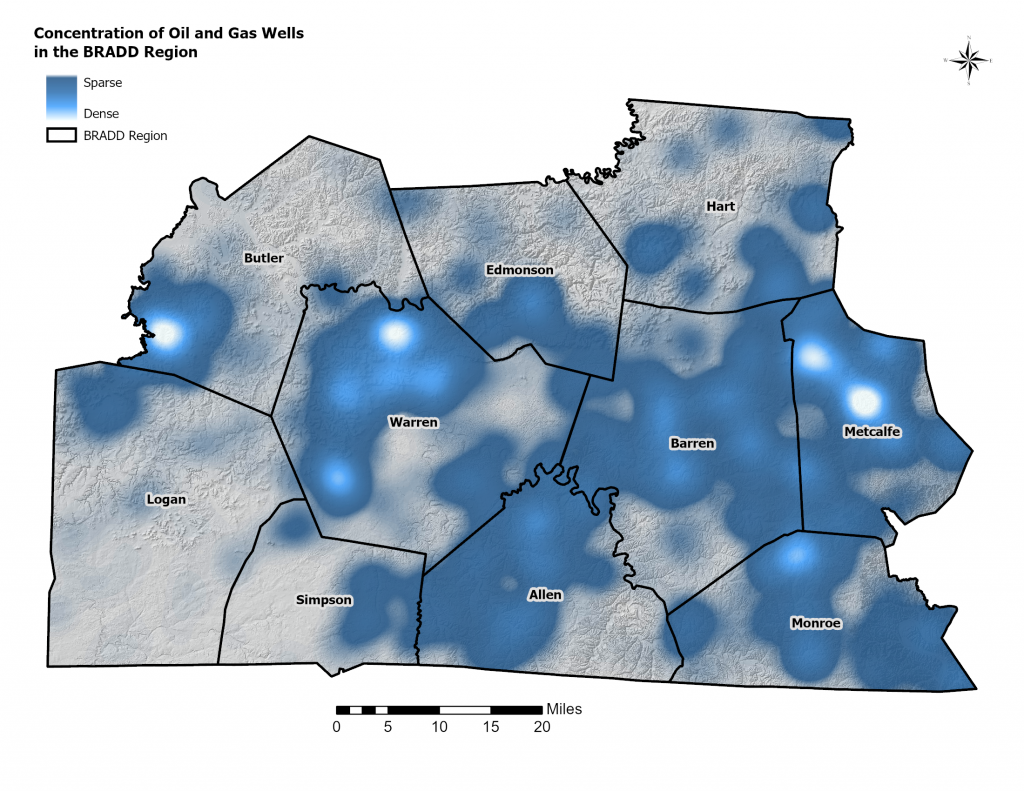 Hazardous Material
Hazardous Material

The Environmental Protection Agency (EPA) defines hazardous materials as liquid, solid, contained gas, or sludge wastes that contain properties that are potentially harmful to human health or the environment. Hazardous materials are typically released in the form of spills, leaks, or vapor emission. These are known as either a point source release that can be traced back to a single origin, or a non-point source releases that occur incrementally, slowly polluting the environment.
These chemicals are used in industry, agriculture, medicine, research, and consumer goods. Hazardous materials come in the form of explosive flammable and combustible substances, poisons, and radioactive materials. In all its forms, hazardous materials can cause death, serious injury, long-lasting health effects, along with damage to buildings, homes, and other property.
These chemicals are used in industry, agriculture, medicine, research, and consumer goods. Hazardous materials come in the form of explosive flammable and combustible substances, poisons, and radioactive materials. In all its forms, hazardous materials can cause death, serious injury, long-lasting health effects, along with damage to buildings, homes, and other property.
Many products containing hazardous chemicals are used and stored in homes routinely. These products are also shipped daily on the nation’s highways, railroads, waterways, and pipelines. Varying quantities of hazardous materials are manufactured, used, or stored at an estimated 4.5 million facilities in the United States from local dry cleaning establishments, service stations, and garden supply stores to hospitals and major industrial plants. Facilities that contain large quantities of hazardous materials are regulated to reduce the risk of point source spills. These facilities are categorized as Tier II facilities, which are defined as those that are equal or exceed the thresholds of hazardous materials under Section 311(e) of Title III of the Superfund Amendments and Reauthorization Act (SARA).
Tier II facilities are required to complete a Tier II Emergency and Hazardous Chemical Inventory report by the Kentucky Emergency Response Commission (KyERC). These facilities are also required to report to the Local Emergency Planning Committee (LEPC) and local fire departments. Tier II storage facilities are required to comply with federal safety requirements and are regulated by the U.S. Environmental Protection Agency. Title III of SARA regulates the packaging, labeling, handling, storage and transportation of hazardous materials. The law requires facilities to furnish information about the quantities and health effects of materials used at the facility, and to promptly notify local and State officials whenever a significant release of hazardous materials occurs.
Other Federal laws that regulate hazardous materials include: Resource Conservation and Recovery Act of 1976 (RCRA), Hazardous Materials Transportation Act (HMTA), Occupational Safety and Health Act (OSHA), Toxic Substances Control Act (TSCA), Clean Air Act, and Norman Y. Mineta Research and Special Programs Improvement Act of 2004.
Tier II facilities are required to complete a Tier II Emergency and Hazardous Chemical Inventory report by the Kentucky Emergency Response Commission (KyERC). These facilities are also required to report to the Local Emergency Planning Committee (LEPC) and local fire departments. Tier II storage facilities are required to comply with federal safety requirements and are regulated by the U.S. Environmental Protection Agency. Title III of SARA regulates the packaging, labeling, handling, storage and transportation of hazardous materials. The law requires facilities to furnish information about the quantities and health effects of materials used at the facility, and to promptly notify local and State officials whenever a significant release of hazardous materials occurs.
Other Federal laws that regulate hazardous materials include: Resource Conservation and Recovery Act of 1976 (RCRA), Hazardous Materials Transportation Act (HMTA), Occupational Safety and Health Act (OSHA), Toxic Substances Control Act (TSCA), Clean Air Act, and Norman Y. Mineta Research and Special Programs Improvement Act of 2004.
This plan aims to provide an analysis for both fixed and mobile hazardous materials spill. This choice based on suggestion and feedback from the 2016 county subcommittee meetings. The justification for this split was to more thoroughly assess the risk of hazardous materials spills in each county. A fixed hazardous materials spill will be defined as those that take place at a permanent facility within a jurisdiction and a mobile hazardous materials spills are those that take place on transportation networks. Both types of spills have differing levels of frequency and require different responses. For instance, fixed hazardous materials spills will primarily be addressed by the owner of the facility and mobile hazardous materials spills will rely upon multiple public agencies for clean-up.
The time components of point source hazardous materials incidents can range from hours to days. Factors contributing to the duration and subsequent severity of hazardous materials events are the ability of local and/or regional transportation agencies, incident response, and toxic chemical handlers to respond to the event. Non-point source hazardous material release occurs slowly over an extended period of time.
Potential Imapacts: People
A hazardous material spill could isolate parts of the region from critical facilities. Mobility impaired persons would be vulnerable to a spill or vapor release that requires immediate evacuation. Similarly, people with hearing or sight impairments may require special notification if the standard announcements are not available. Children with respiratory problems are at a higher risk of vulnerability to chemical vapors. Elderly with mobility impairments or compromised immune systems may suffer greater injuries in the case of a hazardous material release. Low-income residents are more likely to reside in closer proximity to hazardous facilities than wealthier counterparts. If displaced by a hazardous materials spill, limited income residents may face additional hardship.
Economy
Cost of replacing damaged property; a spill at a fixed facility , may cause temporary or permanent closure
Built Environment
Buildings are vulnerable to a hazardous materials spill. The combination of fire, water, and chemicals could result in an explosion that is likely to damage both the buildings storing hazardous materials and the area surrounding the storage area. Proper storage and handling of these chemicals is critical in decreasing built environment vulnerability.
A hazardous materials spill anywhere along the Barren River Region’s transportation network will have an immediate impact on travel time and delays.
Municipal water systems and storm water drainage systems are vulnerable to a toxic spill. Chemicals that reach the water system could limit the supply of potable water. Give the Barren River Region’s unique landscape and proximity to Mammoth Cave National Park this poses a great concern.
Natural Environment
Factors contributing to the vulnerability of natural systems are the type of chemical spilled the physical state of the chemical, the amount released, and the location of the incident. Vulnerability of the natural environment to hazardous materials events is higher for species and ecosystems in the immediate vicinity of the event, and moderate for those located downstream.
The time components of point source hazardous materials incidents can range from hours to days. Factors contributing to the duration and subsequent severity of hazardous materials events are the ability of local and/or regional transportation agencies, incident response, and toxic chemical handlers to respond to the event. Non-point source hazardous material release occurs slowly over an extended period of time.
Potential Imapacts: People
A hazardous material spill could isolate parts of the region from critical facilities. Mobility impaired persons would be vulnerable to a spill or vapor release that requires immediate evacuation. Similarly, people with hearing or sight impairments may require special notification if the standard announcements are not available. Children with respiratory problems are at a higher risk of vulnerability to chemical vapors. Elderly with mobility impairments or compromised immune systems may suffer greater injuries in the case of a hazardous material release. Low-income residents are more likely to reside in closer proximity to hazardous facilities than wealthier counterparts. If displaced by a hazardous materials spill, limited income residents may face additional hardship.
Economy
Cost of replacing damaged property; a spill at a fixed facility , may cause temporary or permanent closure
Built Environment
Buildings are vulnerable to a hazardous materials spill. The combination of fire, water, and chemicals could result in an explosion that is likely to damage both the buildings storing hazardous materials and the area surrounding the storage area. Proper storage and handling of these chemicals is critical in decreasing built environment vulnerability.
A hazardous materials spill anywhere along the Barren River Region’s transportation network will have an immediate impact on travel time and delays.
Municipal water systems and storm water drainage systems are vulnerable to a toxic spill. Chemicals that reach the water system could limit the supply of potable water. Give the Barren River Region’s unique landscape and proximity to Mammoth Cave National Park this poses a great concern.
Natural Environment
Factors contributing to the vulnerability of natural systems are the type of chemical spilled the physical state of the chemical, the amount released, and the location of the incident. Vulnerability of the natural environment to hazardous materials events is higher for species and ecosystems in the immediate vicinity of the event, and moderate for those located downstream.
As climate change impacts other sectors and hazards, such as increased severe storms, heat waves, and flooding, there is a chance that hazardous materials will become more unstable due to potential disasters. During flood events, materials may be spilled or introduced into waterways and severe wind or winter storms may cause the spillage of materials during vehicular accidents or building and infrastructure damage. Sinkholes opening may introduce hazardous materials into the groundwater system. An increased use in hazardous materials may also occur as part of other mitigation and adaptation activities, such as development, and may increase the exposure for these impacts to occur.
This hazard presents a moderate risk to the BRADD region, due to the large amount of manufacturing and development, sensitive groundwater and surface water resources, and probability for severe events to occur.
Potential impacts include:
This hazard presents a moderate risk to the BRADD region, due to the large amount of manufacturing and development, sensitive groundwater and surface water resources, and probability for severe events to occur.
Potential impacts include:
- increase spillage of hazardous materials
- more frequent transport and storage of hazardous materials
- threat to environmental and human health during a spill or contamination event
- threat from exposure during increased use to mitigate other impacts
- threat to infrastructure during a spill or other event
- economic loss from cleanup or health impacts